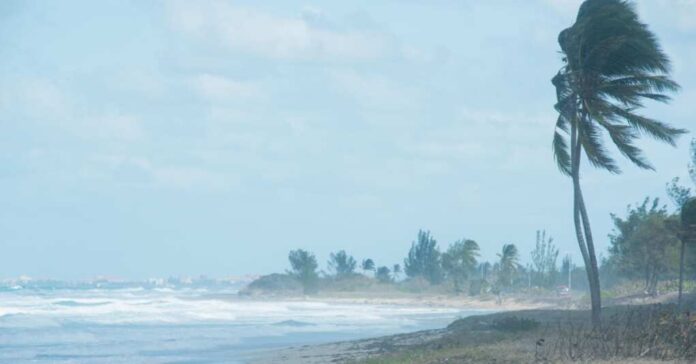
Florida is facing the aftermath of back-to-back hurricanes that have buried coastal communities in walls of sand, complicating recovery efforts and raising questions about infrastructure preparedness. With storm surges reaching up to 10 feet in some areas, massive quantities of sand were swept onto land, creating what locals are calling “sand tsunamis.” For towns along the Gulf Coast, this has left streets, homes, and businesses blanketed in up to five feet of sand, disrupting daily life and creating a logistical nightmare.
The unprecedented sand deposits are forcing local governments to reallocate resources to excavation, adding to the already high costs of hurricane recovery. “This is the first time we’ve seen anything on this scale,” says Mayor Tom Black of Cedar Key. “We’re pulling in every available resource just to clear the roads, let alone start repairs.”
The sand presents unique challenges that go beyond flood damage; shifting sand piles can damage structural foundations, exacerbate erosion, and alter the natural shoreline, making it harder for local ecosystems to recover.
Florida officials are now calling on federal agencies to provide emergency funding for cleanup. Some argue that better planning is needed to handle future storms, such as building sand barriers and improving drainage systems. But with the frequency and intensity of hurricanes increasing, local officials are skeptical that any level of preparation can fully shield communities from nature’s fury.
This unusual situation sheds light on a broader question: is Florida’s coastal infrastructure up to the task? If hurricanes continue to bring “sand tsunamis,” officials might have to rethink land use and shoreline protections to safeguard these areas. For now, residents are facing a long, expensive road to recovery, one shovelful at a time.











